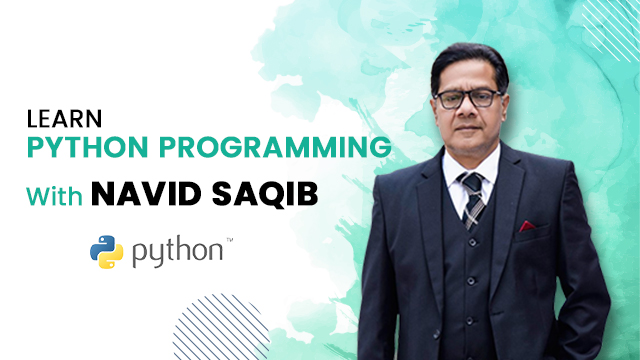Currently Empty: $0.00
Introduction To Syllabus
0/3
Relation of Real Life and Programming
0/7
Stages of Programming
0/14
Dealing with Constructs
0/24
Question Set 3
0/3
Concept of Validations
0/6
Question Set 4
0/2
Reading:
In the realm of programming, constructs serve as the fundamental tools for designing algorithms and controlling the flow of execution within a program. Among the most pivotal constructs are sequence, selection, and iteration.
Sequence constructs establish the order in which instructions are executed, ensuring that tasks are carried out in a specific, predetermined sequence. This sequential flow is foundational to executing tasks methodically and achieving desired outcomes.
Selection constructs, exemplified by if-else statements and switch-case statements, facilitate decision-making within programs. By evaluating conditions, these constructs determine which path of execution to follow, allowing for branching and enabling programs to respond dynamically to different scenarios.
Iteration constructs, commonly implemented through loops like for, while, and do-while loops, empower programs to repeat a block of code multiple times until certain conditions are met or until a specified number of iterations have been completed. These constructs are indispensable for automating repetitive tasks, processing large datasets, and implementing algorithms that require repeated execution.
Collectively, these constructs form the backbone of programming logic, enabling developers to craft intricate, efficient, and adaptable software solutions to address a myriad of real-world challenges. Understanding and mastering these constructs are essential skills for any programmer striving to write elegant, functional, and scalable code.

